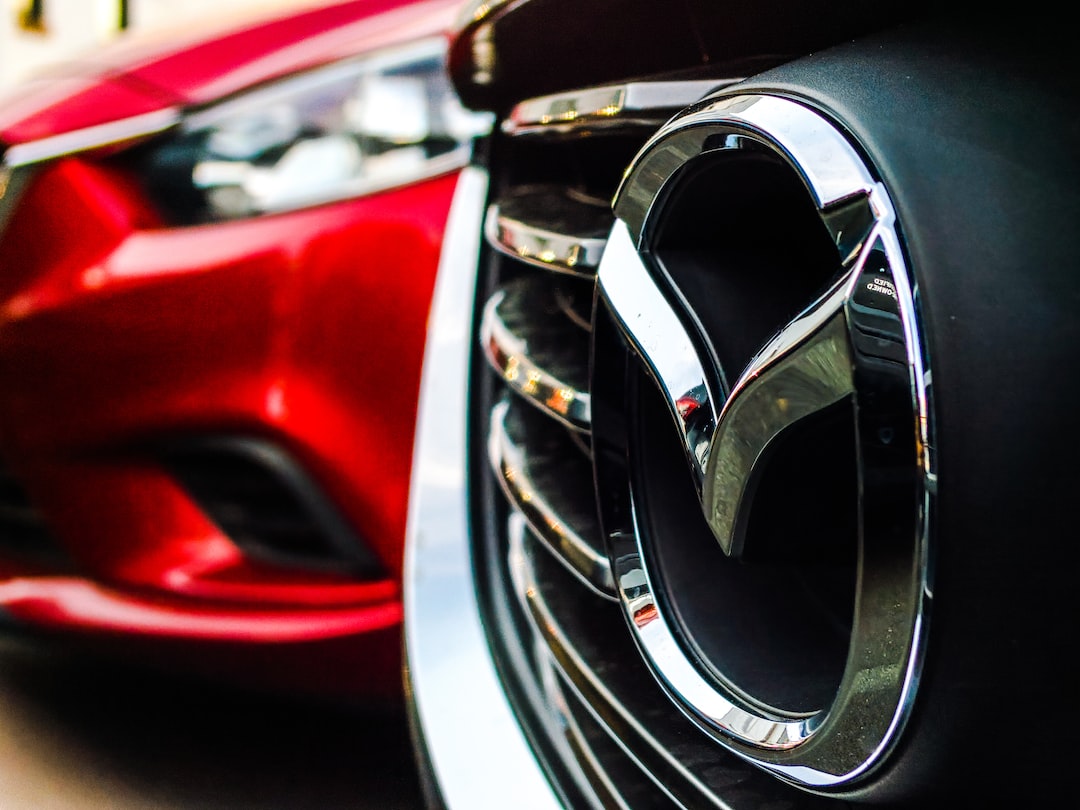The Changes in Car Designs over the Past Decade
From sleek and futuristic exteriors to advanced technologies and sustainable features, car designs have undeniably transformed over the past decade. As the automotive industry continues to evolve, manufacturers have strived to meet the demands of consumers by developing cars that are not only visually appealing but also more efficient and environmentally friendly. Let’s delve into the significant changes in car designs that have occurred over the past ten years.
One of the most noticeable changes in car designs is the emphasis on aerodynamics. Car manufacturers have become increasingly aware of the impact of aerodynamics on fuel efficiency and overall performance. In recent years, cars have been designed with sleek, streamlined shapes, reducing drag and improving fuel consumption. This shift has been driven by the demand for more economical vehicles in an era of rising fuel prices and a growing concern for the environment.
Another aspect that has drastically changed is the inclusion of advanced technological features. Ten years ago, features like touchscreens, infotainment systems, and voice-controlled assistants were considered a luxury. Today, they have become common in most vehicles. The integration of technology has not only enhanced the driving experience but also improved safety. Features such as lane departure warnings, blind-spot monitoring, and automatic emergency braking have become standard in many modern cars, making driving safer than ever before.
Furthermore, the past decade has witnessed a significant shift towards electric and hybrid vehicles. In response to environmental concerns and the need to reduce carbon emissions, car manufacturers have increasingly focused on developing electric and hybrid models. Tesla, for instance, has revolutionized the electric vehicle market by introducing sleek and luxurious designs that challenge traditional perception. Other major automakers have also followed suit, producing electric and hybrid vehicles that combine environmental consciousness with aesthetic appeal.
In terms of aesthetics, there has been a shift towards minimalist and futuristic designs. Cars are now sleeker, with cleaner lines and fewer frills. This shift can be seen in the rise of “crossover” vehicles, which combine the practicality of an SUV with the style of a coupe. These vehicles boast curved roofs and streamlined bodies, emphasizing both functionality and visual appeal. Moreover, an increasing number of cars now incorporate LED lighting systems, giving them a distinctive and modern look both in daytime and at night.
Safety has also been a driving force behind the changes in car designs. While seatbelts and airbags have long been a standard feature, advancements have been made to increase overall safety. For instance, vehicles are now equipped with stronger frames and reinforced structures to better protect occupants in the event of a collision. Additionally, the development of autonomous driving technology has the potential to reduce accidents by eliminating human error. Although fully autonomous cars are not yet mainstream, the concept is gaining momentum, with many manufacturers investing heavily in research and development.
Lastly, sustainability has become a focal point for car designers and manufacturers. With the looming threat of climate change, carmakers have sought to reduce the environmental impact of their vehicles. Over the past decade, hybrid and electric models have become more accessible to the average consumer, helping to reduce carbon footprints and reliance on fossil fuels. Additionally, there has been an increased use of eco-friendly materials in car interiors, such as recycled plastics and natural fibers.
In conclusion, the past decade has witnessed significant changes in car designs, driven by factors such as aesthetic preferences, technological advancements, safety concerns, and environmental consciousness. From aerodynamic shapes and advanced technological features to the rise of electric and hybrid vehicles, the automotive industry has evolved to meet the demands of modern consumers. As we move into the future, it is exciting to consider how car designs will continue to evolve, placing further emphasis on sustainability and innovation.

